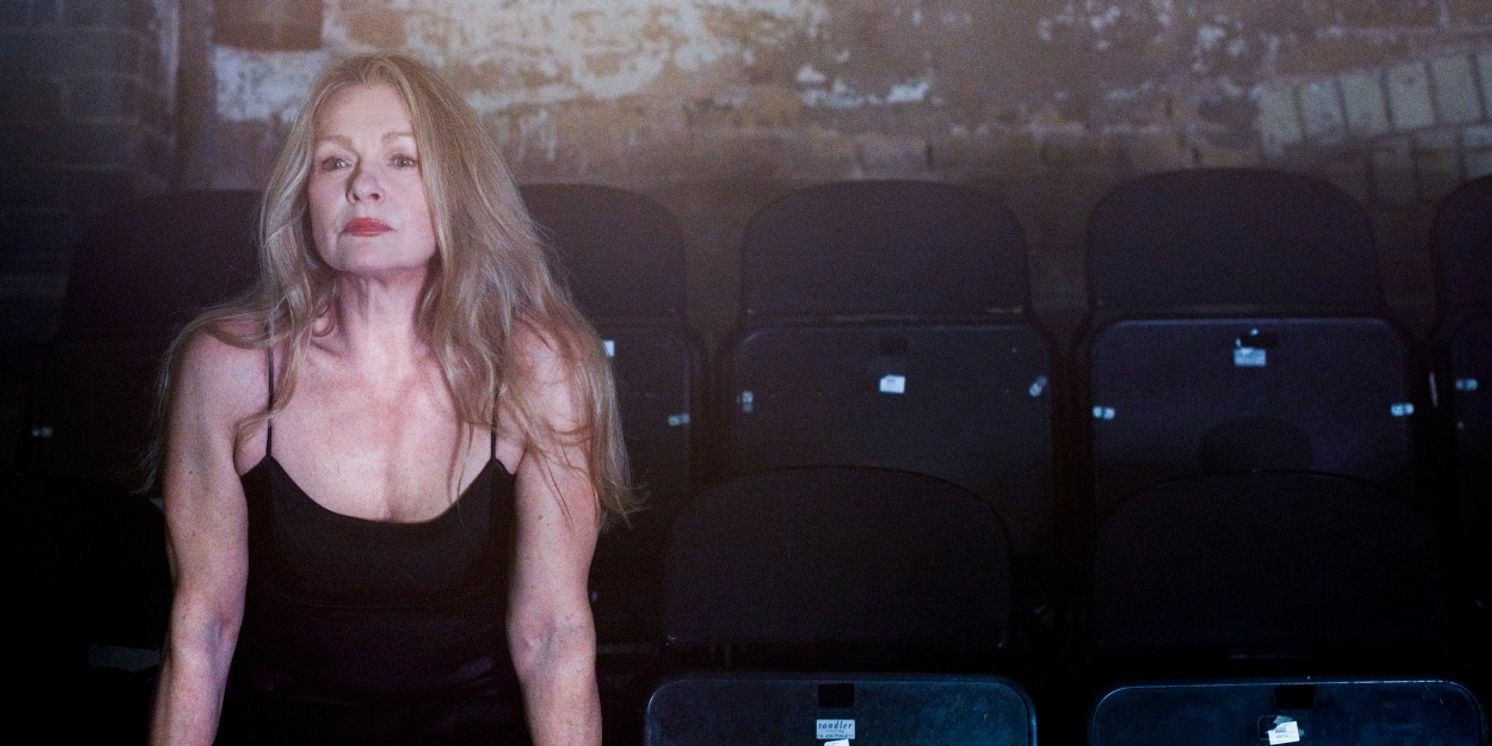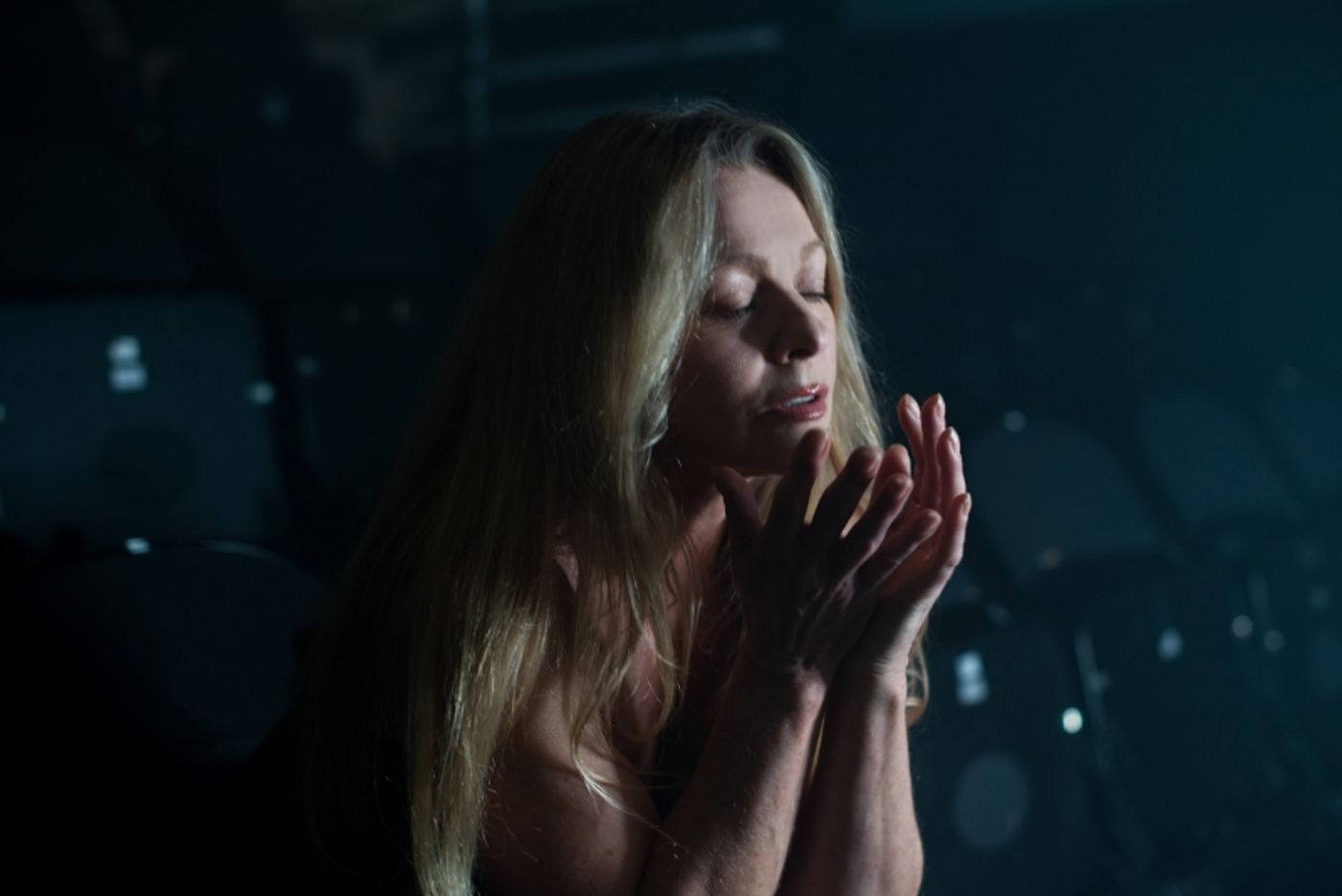Review: WHAT (IS) A WOMAN?, Arcola Theatre
A ‘musical play’ that feels deeply intimate

![]() A person’s life can be dictated by many things - career, relationships, decisions made… In the case of Andrée Bernard’s What (is) a Woman it seems that men have dictated the protagonist’s life.
A person’s life can be dictated by many things - career, relationships, decisions made… In the case of Andrée Bernard’s What (is) a Woman it seems that men have dictated the protagonist’s life.
Opening with a rather intimate and steamy scene, this one woman show provides audiences with a whirlwind exploration of her life from A Level drama class to the present day. Through a clever combination of acted scenes and musical numbers, we gain an insight into not only the events of a life but also the emotional toll that they have taken.
Written, composed and performed by Bernard, this is a ‘musical play’ that feels deeply intimate, drawing audiences into the messy elements of a life lived. Yet, that is not to say that it is too serious, for there are plenty of opportunities for a laugh. These humorous elements certainly include many of the performances of male characters, Bernard inhabiting these roles with only the slightest touch of caricature. Morphing from one role to another, often so as to play out a conversation, there is no denying the actor’s skill.

In fact, the physicality of the entire performance is a particularly noteworthy aspect, from the clear embodiment of various characters to her ability to fill the otherwise empty stage. Throughout the entire show the only prop used was a stool, and then only very sparingly, yet at no point did you feel that the stage felt empty or too large. Rather, the actor embraced the entire acting space, not being afraid to position herself at the edges at times, and moving almost constantly.
This movement was always graceful, even when not being the dance routines that accompanied the songs. Choreographer and movement director Lucie Pankhurst certainly knew what she was doing, utilising the actor’s skill as well as the valuable moments of stillness. The use of stillness during the opening of the first half was particularly powerful.
Underscoring the performance was a simple but effective combination of double bass and keyboard played by Jess Martin (bass player) and Daniel Looseley (musical director). This use of music provided texture to the show as a whole, and, just as with the stillness, there was an effective use of silence.
Alongside the music, the use of lighting helped to guide audiences through the moods of the story, each different lighting state drawing the narrative towards its conclusion. This was a conclusion that felt that it could have come a little sooner, the majority of the life-changing events taking place in the first two thirds of the play. However, the performance certainly ended on a high note, drawing motifs and lines from across the show into a final musical number. It was this moment that provided an explanation for the title; this moment that led us to the answer as to whether this was the story of the men in a woman’s life or whether it was her story.
What (Is) A Woman? runs at the Arcola Theatre until 4 May
Photo Credits: Kate Scott
Reader Reviews
Videos

